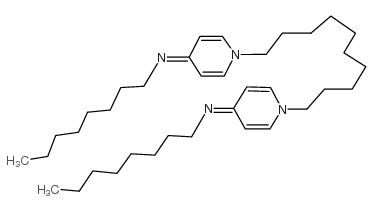| Description |
Octenidine is a potent antibacterial agent, possessing activity against multidrug-resistant Gram-negative pathogens. Octenidine can inhibit the expression of biofilm genes and destroy the formation of biofilms[1][3].
|
| Related Catalog |
|
| In Vitro |
Octenidine has antimicrobial activity against multidrug-resistant Gram-negative pathogens[1]. Escherichia coli Pseudomonas aeruginosa WT CTX-M-1 CTX-M-15 NDM-1 VIM-15 WT PER-1 VEB-1 OprD VIM-2 MIC (mg/L) 0.5 2.5 1.2 5 2.5 10 40 40 40 40 Octenidine (0-20 h) retardants P. aeruginosa growth in prolonged exposure condition[2].
|
| In Vivo |
Octenidine reduces bacterial counts on mice wounds and inhibit meticillin-resistant Staphylococcus aureus (MRSA)[3]. Animal Model: Mice (a six-millimetre punch full-thickness wound was inoculated with MRSA suspension)[3] Dosage: Administration: Administrated once 24 hours post-wounding Result: Accelerated healing and reduced by >3.6 log cfu/g bacterial counts on the wounds relative to the PBS-treated control. Exhibited lower burden of the inflammatory cells, more mature collagen fibres and well-defined epithelialisation. Inhibited the expression of MRSA and its biofilm genes by nearly 100%.
|
